Despite the arrival and bulldozing successes of the spaghetti Westerns in the 1960s and 1970s, the wider Western genre thereafter declined and grew less popular in Hollywood. The thematically black-and-white romanticist Western remains the definitive heartbeat of the first few decades of cinema, spearheaded by John Ford and John Wayne as they brought the Old West to the big screen in a blaze of heroism, fundamentalism, and moral clarity. They defined American filmmaking, and although they were criticized for their often naïve and simplistic portrayal of the era, remained the biggest fixture in the business until the 1960s.
Even after that, Hollywood and its audiences continued baying for Westerns but with new concepts, thanks to the slow devolution of original ideas within the classical subgenre. There was consequently a push for new ideas and principles, brought out by maverick Italian directors Sergio Leone and Sergio Corbucci, who would revolutionize the genre with their gritty, morally ambiguous entries into the canon. After the mid-1970s however, audiences have been limited to a handful of revisionist and neo-Westerns, of which there are popular entries only every few years – often longer. Here’s why the genre lost its popularity despite being beloved only fifty years ago.
RELATED:Clint Eastwood & John Wayne’s Feud Explained
The Gold Standard Of Western Was Too High
![Ethan and Debbie in The Searchers]()
After enough years it became impossible to keep reinvigorating the Western genre, and for it to stand still meant that its contributors were constantly kept in the shadow of Ford, Leone, Corbucci, Eastwood, Sturges, Tessari, Peckinpah, and others. Though the public’s appetite for Westerns certainly waned after the 1960s, it has to also be said that filmmakers became wary of the prospect of plagiarizing the great works of others, or else making something that wasn’t as good. With a bar that seemed to continually rise higher well into the 1960s, it eventually plateaued with the peak of the spaghetti Western and has only been matched on a couple of occasions since.
It’s arguable that some of the greatest films of all time were Westerns, which was in part because so many of the greatest cinematic minds were drawn to the genre. Even today, many established directors try their hand at either revisionist Westerns or neo-Westerns (Quentin Tarantino and the Coen brothers are good examples of these, respectively), although their numbers are minimal. Perhaps as time goes on and the legacies of old masterpieces fade, there will be less pressure on filmmakers wanting to try their hands at the genre, and it will become popular again. Since the ‘70s, however, the many sensations of the Golden Age of the Western succeed in arresting optimism for new entries.
Western Movies No Longer Represented Cultural Sentiments
![scene from Ow-Box Incident 1942]()
It’s safe to say that American patriotism evolved a great deal in the second half of the 20th century. Numerous wars, the growing popularity of counter-cultural music and film, and domestic issues ranging from racism to poverty drew younger generations away from traditional American exceptionalism views of the Westerns of John Wayne and Clint Eastwood. This meant that much of the demographic that enjoyed the classical Western was limited to older audiences, while their children and grandchildren began to find the portrayals of the Old West to be outdated and often offensive. Even though the spaghetti Western was less egregious in its moral declarations about the era, the association with the wider genre remained.
The chaos of the Vietnam War especially affected the national sentiment about America’s place in the world, and more broadly the foundations upon which it was founded. Many people felt lied to about how America fitted into the global community, which led to increased skepticism about the veracity of films that focussed on Manifest Destiny – the belief that Americans were destined by God to expand across the North American Continent, and at any cost. Naturally, Westerns focussed on Americans who were at the forefront of this expansion. John Wayne, Gary Cooper, Jimmy Stewart, and Ben Johnson no longer epitomized the people that Americans wanted to be.
Hollywood Found The Western Genre’s Saturation Point
![A composite image of John Wayne in various John Ford movies]()
As with any genre, saturation leads to decline. The Western was probably the most popular genre in American cinema for the best part of seventy years, which meant there was a constant race to achieve stardom within it. The perceived ‘Golden Age of the Western’, which ranged from around 1945-1960, saw a renewed interest in American history following the Second World War, fueling numerous new entries coinciding with dramatic technological improvements. It is estimated that several thousand Westerns were released during the fifteen years following the war’s end, around the same as had been in the forty years up until then.
The popularity and output of Westerns during the ‘60s and ‘70s were beginning to diminish, but the genre found itself reinvigorated first by foreign ideas in Italian and Spanish Westerns, and then by the revisionist subgenre which was cultivated in the latter decade with films like Little Big Man and High Plains Drifter. Several dozen major additions were released to great acclaim from critics and audiences, but it wasn’t enough to curtail the growing fatigue with the genre, which was creating lower demand. Films like Heaven’s Gate (1980) signaled the end of the era wherein Westerns were a safe bet for high box office returns and began a period of aimlessness for the genre.
RELATED:The Best Western Of Every Decade Since The Genre Started: 13 Movies You Need To Know
The Western’s Decline Coincided With The Rise of Sci-FI
![Luke Leia and Han standing together at the end of Star Wars A New Hope]()
The downfall of one genre and the rise of another is best allegorized by Woody and Buzz Lightyear in Toy Story (1995), wherein Woody – the older, once-revered cowboy – is quickly replaced by the more exciting and impressive space ranger Buzz. Their environments purport to be similar; both come from vast, empty wildernesses in which lawlessness and villainy reign despite the valiant efforts of the law. They are pioneers exploring a frontier that best exemplifies humanity’s call to adventure. However, the prevailing feeling for Woody is that the two cannot co-exist. While this was not true for him and Buzz, it was true for the Western and Sci-fi genres.
It’s no coincidence that Star Wars: A New Hope (1977) was marketed and labeled as an operatic space Western. There was still an appetite for the genre, but new technology meant that it could be translated into a different physical environment. Luke Skywalker himself comes from a farm in the desert, only his desert is in a galaxy far, far away. It became apparent very quickly after the release of the original Star Wars that science-fiction was the new heir apparent to the Western. The anarchic Badlands of the Old West could be more excitingly and romantically portrayed in boundless outer space, and the themes of the Western could be transposed there just as convincingly.
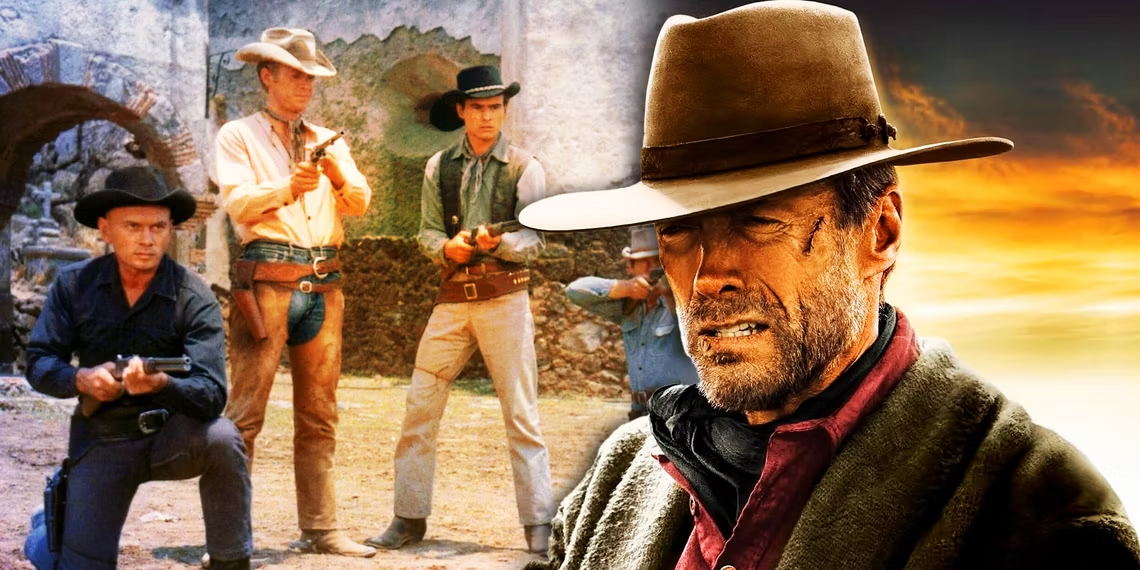

 Entertainment1 year ago
Entertainment1 year ago
 Entertainment1 year ago
Entertainment1 year ago
 Entertainment1 year ago
Entertainment1 year ago
 Entertainment2 years ago
Entertainment2 years ago
 Entertainment1 year ago
Entertainment1 year ago
 Entertainment1 year ago
Entertainment1 year ago
 Entertainment1 year ago
Entertainment1 year ago
 Entertainment1 year ago
Entertainment1 year ago
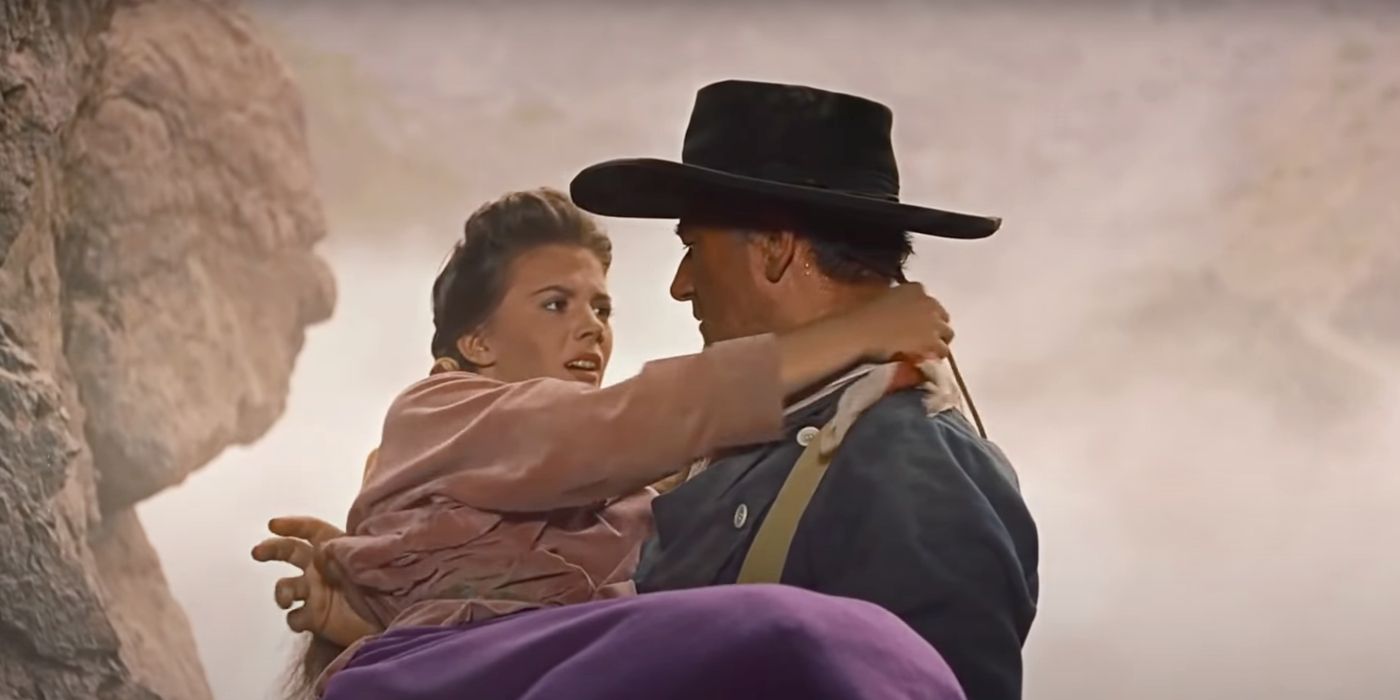
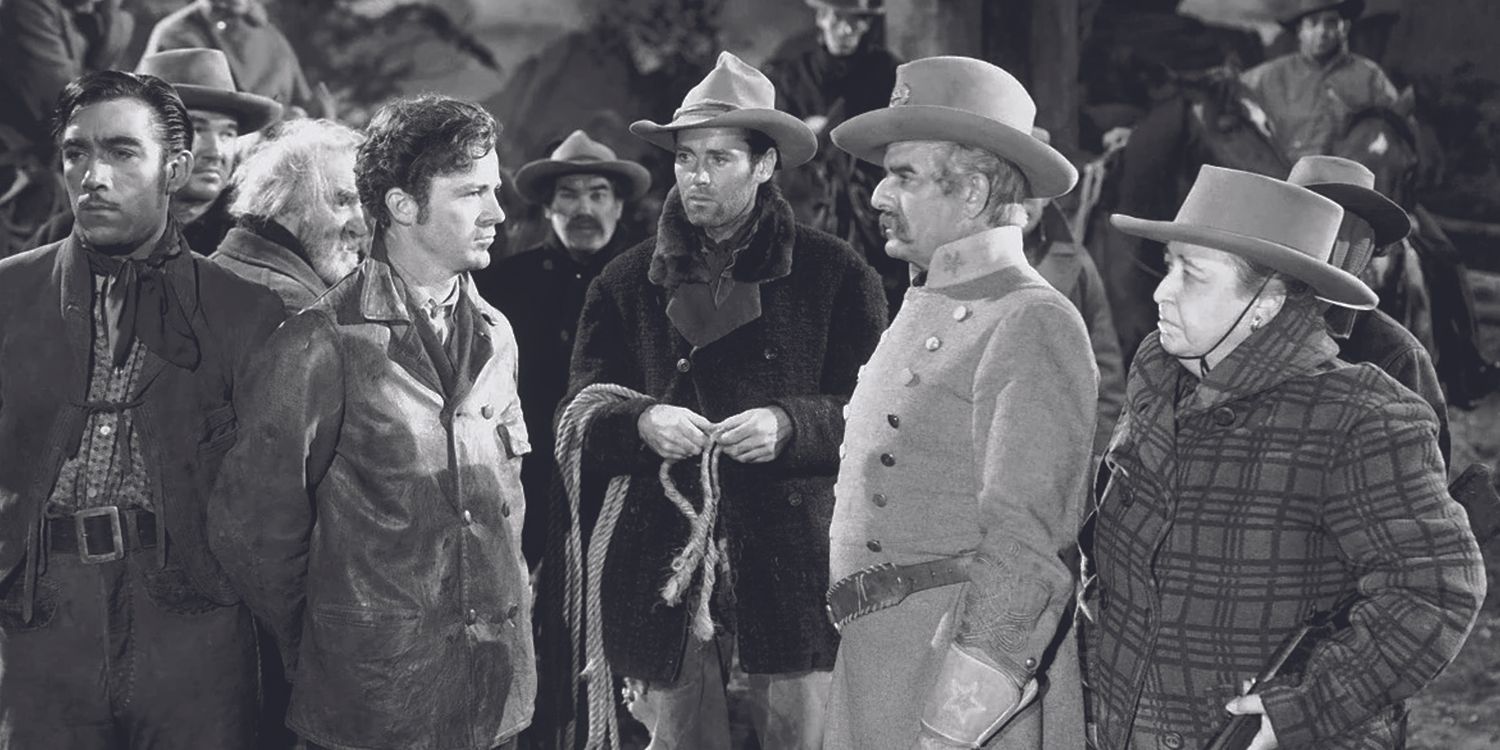
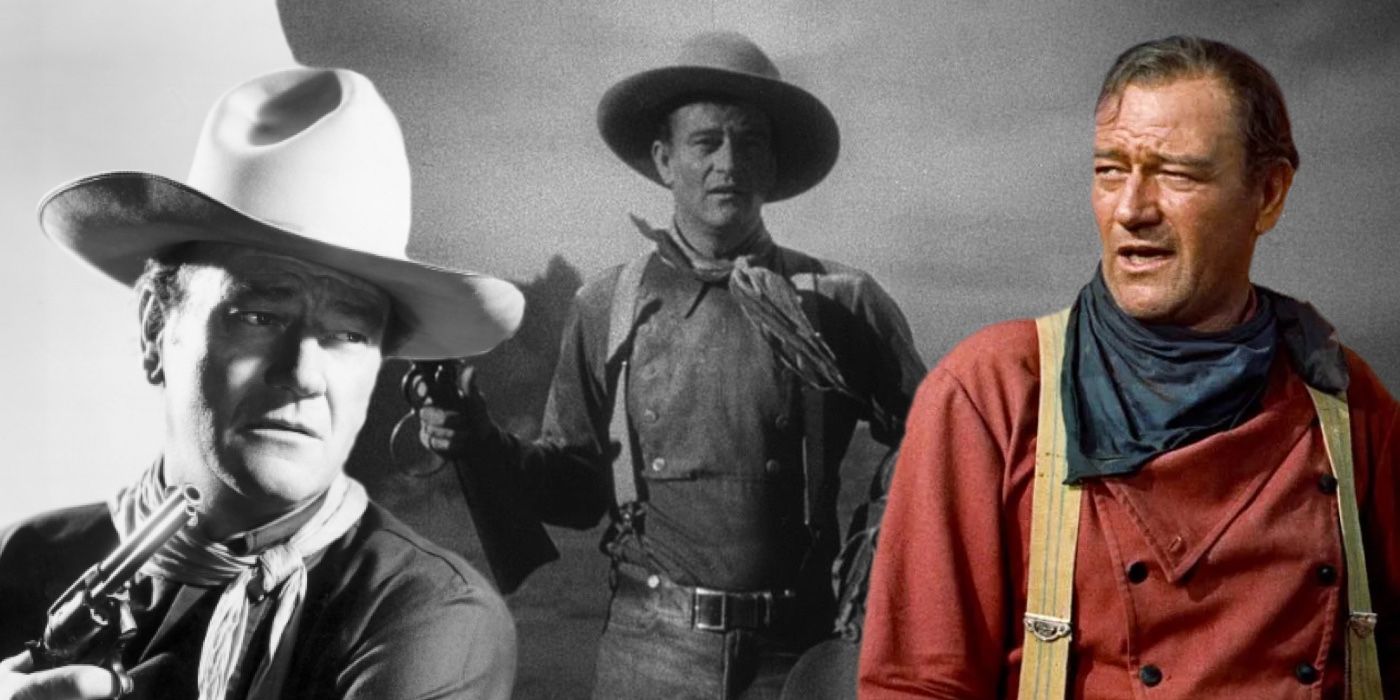
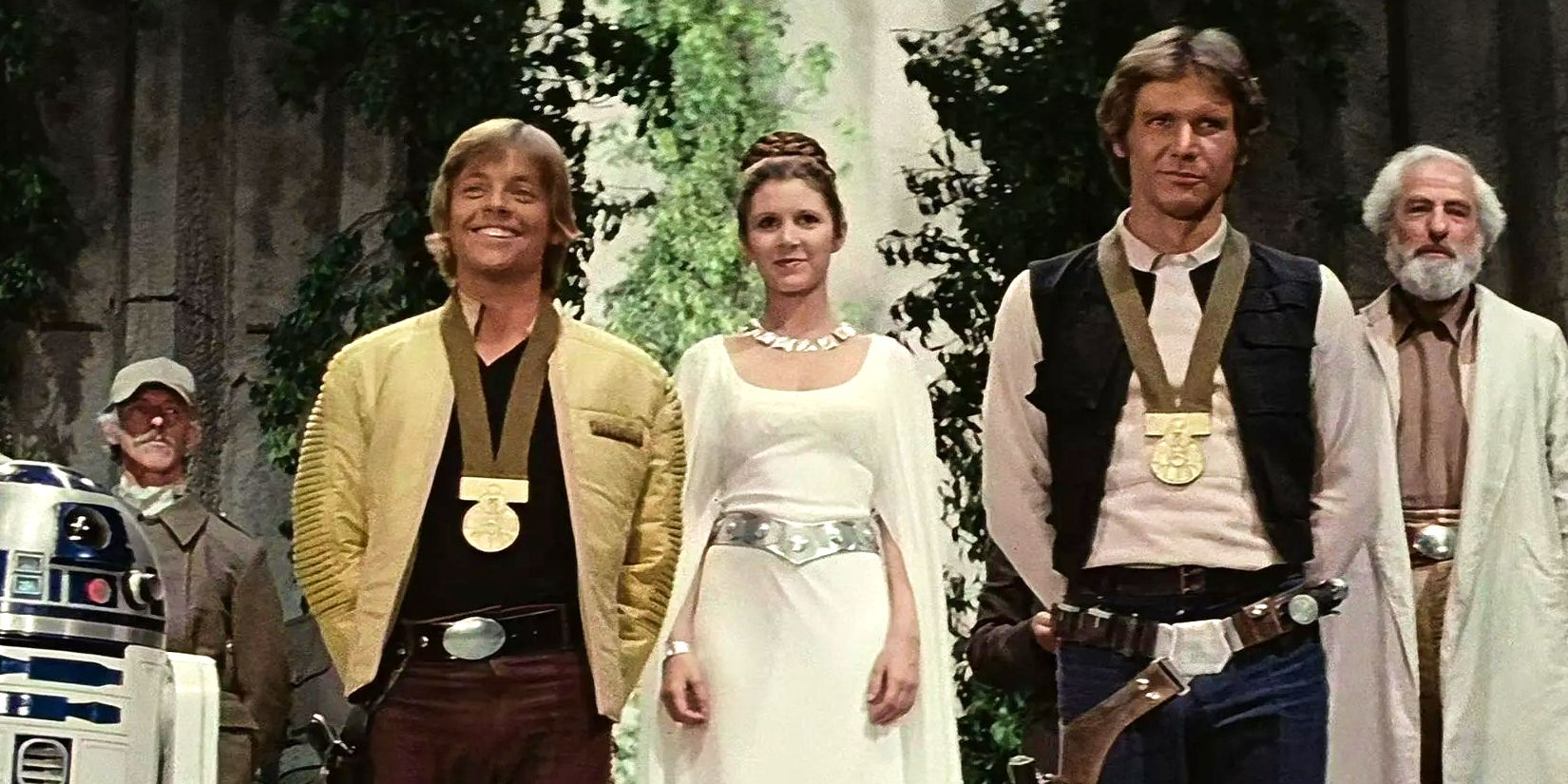



 John Wayne | Silver Screen Collection/Getty Images
John Wayne | Silver Screen Collection/Getty Images

